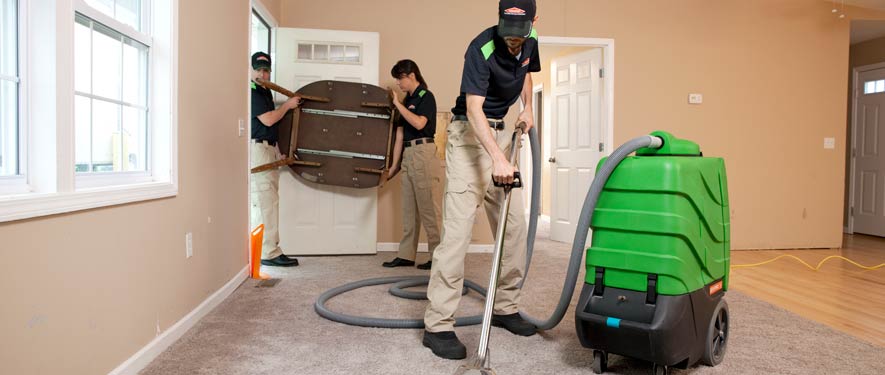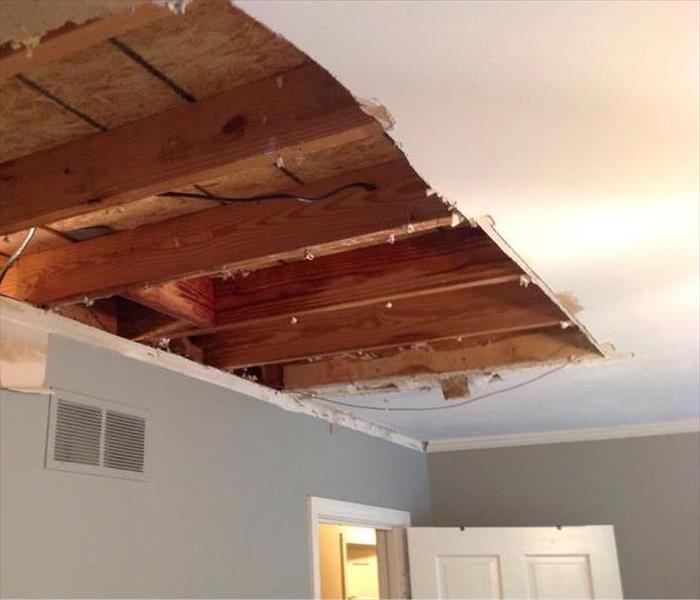
Step 3: Water Removal / Water Extraction
After the inspection and damage assessment step, the water extraction process begins. This step removes the majority of the water damage detected. Our highly trained team pumps and truck-mounted vacuum units to quickly remove hundreds or thousands of gallons of water from your Tennessee property "Like it never even happened." Our team is here to help bring your home or business back to normal.
Have Water or Flood Damage?
Call Now – (901) 755-3705
If You See Signs of Mold,
Call Today – (901) 755- 3705
SERVPRO of Germantown / Collierville also specializes in mold. Check out our site for helpful tips to deal with mold damage!
Like us on Facebook to stay connected and see how we serve our local communities!
Move-Out / Pack-Out
If your home requires extensive restoration or cleaning, SERVPRO of Germantown / Collierville can conduct an organized, efficient move-out to protect your belongings from further damage.
- Move-Out Service
Emergency Water Removal
Our highly trained technicians will begin the water removal process almost immediately. Depending on the amount of water, we may use powerful submersible pumps in addition to industrial strength, wet/dry vacuums. Removing most of the water helps reduce drying time and helps prevent secondary water damage and mold and bacterial growth.
- Remove Excess Water
- Use Submersible Pumps and Industrial Wet/Dry Vacuums
Inspect the Carpet Pad and Carpet
We inspect the carpet and pad and determine if they should be removed to protect the subfloor.
- Inspect Carpet Pad and Remove If Needed
- Inspect Carpet and Remove If Needed
Water Removal Equipment
- Moisture detectors, hygrometers, and other meters measure the extent of moisture saturation.
- Infrared cameras may be used to find “hidden” water behind walls and ceilings.
- Submersible and gas-powered pumps are used for continuous pumping of high-level water.
- Truck-mounted and portable extraction units perform efficient water removal.




 24/7 Emergency Service
24/7 Emergency Service




